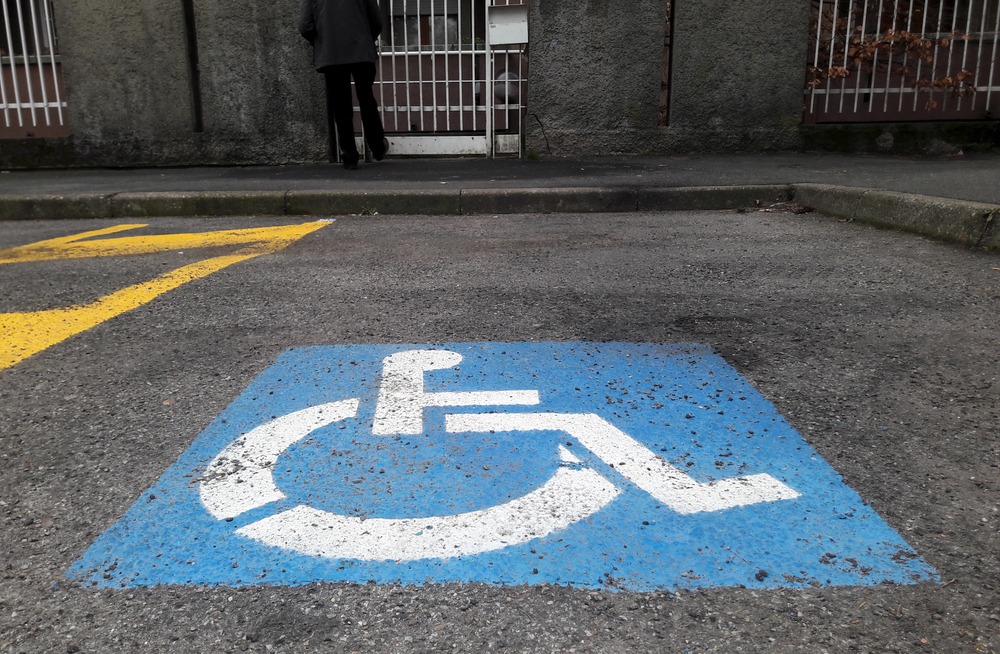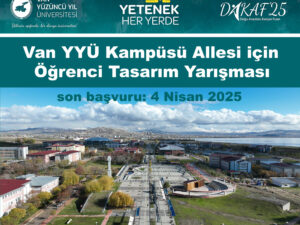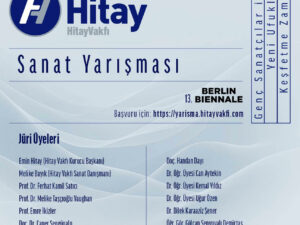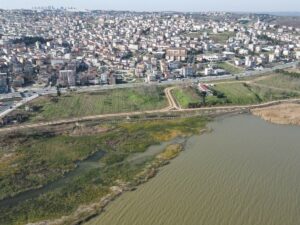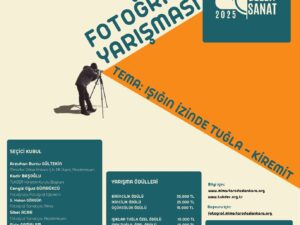- 28 Şubat 2022
- 17162 defa okundu.
International Accessibility Symbol Design Competition
UIA (The International Union of Architects) ve UR (Rehabilitation International), engelli insanlar dahil herkese yönelik fiziksel ve sanal erişilebilirlik, haklar ve kapsayıcılık, eşitlik ve bağımsızlık, çeşitlilik gibi temel değerleri temsil edecek bir 21. yüzyıl erişilebilirlik sembolü için yarışma düzenliyor. Başvurular için son tarih 25 Mart 2022.
INTRODUCTION
The UIA (International Union of Architects) and RI (Rehabilitation International) are jointly inviting submissions for a 21st Century symbol of accessibility to represent their core values of rights and inclusion, equity and independence, diversity, physical and virtual accessibility for all, including people with disabilities.
The International Symbol of Accessibility (ISA) did not exist 50 years ago. It was created in a design competition organised by RI-ICTA (International Commission on Accessibility and Technology) and won by Danish design student Susanne Koefoed in 1968. The ISA, which is also known as the “wheelchair logo”, is widely used by architects and others to identify buildings, facilities and other elements of the built environment that are accessible to people with disabilities. The symbol is deemed the property of Rehabilitation International and its design and use are covered by the ISO Standard 7001.
Over the past few years, however, an alternate icon has rolled into sight. The “Accessible Icon,” a rival wheelchair symbol that confers motion on the figure. This symbol has recently mushroomed into a movement, even being codified in emoji. It has also created backlash: variously called ableist and empowering. It has been officially rejected by ISO and deemed federally illegal despite adoption by several states in the USA. Now the ISA has found its way into the middle of a growing debate over how people with disabilities should be represented.
The ISA has contributed to a widely held perception that accessibility and inclusion are solely about mobility impairments . . . and wheelchair-users.
“Many feel the symbol needs change. The wheelchair figure does not represent disabilities like impaired vision and hearing loss or the broader spectrum of people who may be excluded by design. Many feel the wheelchair itself… doesn’t accurately represent how persons with a disability function at work, at school or in the community”. Anonymous, Braun Ability
The challenge is therefore to develop a new symbol of accessibility that better represents the diversity of people who use buildings and other types of built environments.
Interpretation of Brief
The Jury reserves the rights of final interpretation of the brief clauses.
Eligibility Criteria
- The competition is open to architects, graphic designers, and architectural and graphic design students
- Entries will be accepted from individuals as well as teams.
- Each individual/team can submit only one entry.
Official Language
The official language for the competition and submissions is English.
Registration of Competitors
Competitors are required to register through the UIA Prizes Platform at https://uia.awardsplatform.com/. Participation in the competition is free of charge.
Jury
- Zhang Haidi, China, Rehabilitation International President
- Anna Crider, USA, Society for Experiential Graphic Design (SEGD) Past President
- Barry Gray, UK, ISO/TC 145/SC 1/WG/4 “Graphical Symbols”, Convenor and BSI Committee PH/8 Graphical Symbols and Signs, Chair
- Mikhail Terentiev, Russia, All-Russian Society of Disabled People (ARSDP), Chairperson
- Allen Kong, Australia, UIA Architecture-for-All (AfA) Work Programme Director
- Safaa Issa Abdou, Egypt, Alternate Jury Member, Professor of Architecture, faculty of Engineering, Menofia University, Egypt
Questions and Answers
Competitors may pose questions anonymously regarding the Brief per above timetable.
Prizes and Prize Money
- First, Second and Third Prize Winners will be awarded, in addition to up to three (3) Honorable Mentions, at the discretion of the Jury.
- First Prize: US$5,000.00 and certificate; Second Prize: US$2,500.00 and certificate; Third Prize: US$1,500.00 and certificate, Up to 3 Honorable Mentions US$500.00 and certificates
- Winners will be notified of the Competition results directly. A list of winning designs will be posted on the UIA and RI websites and promoted to media outlets.
COMPETITION ORGANIZERS
International Union of Architects (UIA)
Tour Maine Montparnasse
33, avenue du Maine – B.P. 158
75755 PARIS Cedex 15 – France
Tel: +33 (0)1 45 24 36 88
Email: e.bonin@uia-architectes.org
Web: uia@uia-architectes.org
Rehabilitation International (RI)
866 United Nations Plaza, Office 422
New York,
New York 10017, USA
Phone: +1 (212) 420 – 1500
Email: information@RIGlobal.org
Web: http://www.riglobal.org/
IF YOU HAVE QUESTIONS
Question should be sent to e.bonin@uia-architectes.org.
SUBMISSION OF ENTRIES
Entries are to be submitted electronically through the UIA Submission Platform at https://uia.awardsplatform.com/
KEY DATES
- Competition announced and launched: 18 January 2022
- Deadline for the receipt of questions: 14 February 2022
- Answers for the questions: 25 February 2022
- Submission Deadline: 25 March 2022, 17:00, Paris time
- Jury Meeting: 07 April 2022
- Winners Announcement: 18 April 2022
- Award Ceremony: To be held virtual/in-person in conjunction with UIA Forum in Madrid.
More information can be found here.

